When it comes to words, what truly matters? Is it the definition, or is it the connotation that carries the most weight? Words like hallucinogens and psychedelics seem to imply the type of substances that disconnect you from reality by seeing things that aren’t really there. How could plants that ignite such illusions possibly add value, spiritual connection, or, dare we say, ultimate truths? They couldn’t. They could only be mere recreational distractions. At least that’s their connotation.
Entheogens: A Psychedelic Rebranding
The implication that hallucinogenic and psychedelic “drugs” are pointless and mind-warping is precisely why various scholars decided the terms would not suffice. Carl A.P. Ruck, Jonathan Ott, and R. Gordon Wasson, among others, felt a neologism and rebranding was in order. In 1979, these thought leaders published a report called “Entheogens” with the intent to overcome the inability of language to describe “transcendent and beatific states of communion with deity”. In contrast to hallucinogens, which implies distorted perceptions, or psychedelics, which holds ties to the 1960s drug subculture, the word entheogens respects the history of shamanism and religious use that honor plants as spiritual and intelligent. But why did these scholars choose the name “entheogens”?
The Greek etymology of entheogen, entheos, refers to “the god within”, and gen/genesis refers to the “action of becoming”. In line with this definition, Carl Ruck and psychedelic intellectual Mark Hoffman later described entheogens as “any substance that, when ingested, catalyzes or generates an altered state of consciousness deemed to have spiritual significance” in the book Entheogens, Myth, and Human Consciousness.
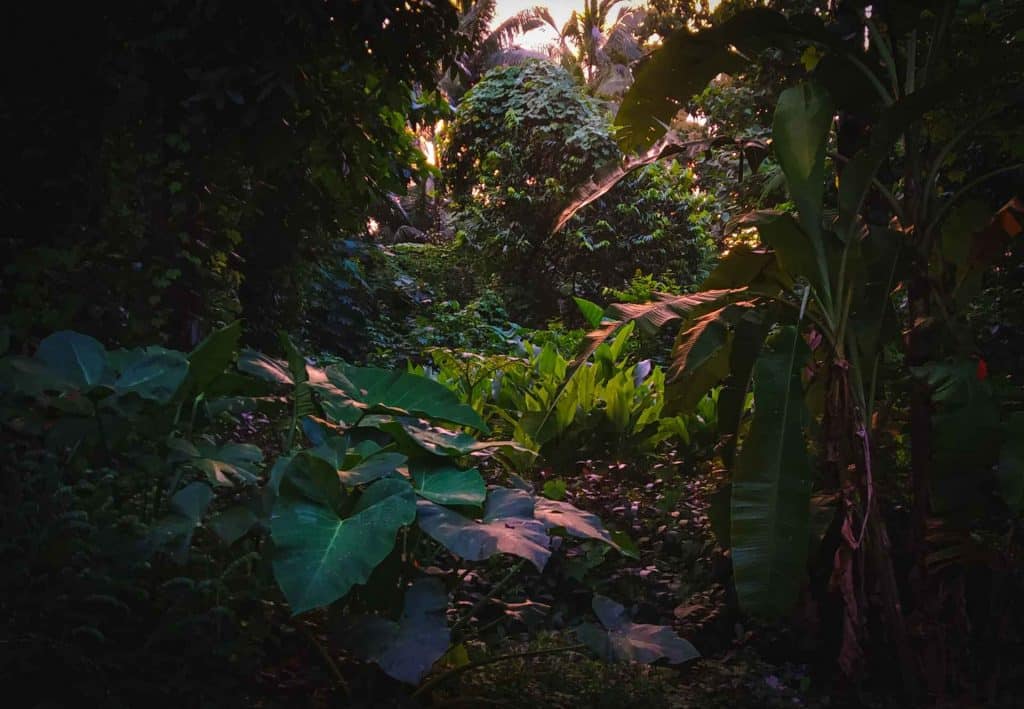
Entheogenic Roots in History
From South America to North America, Africa, Europe, and Asia, indigenous peoples have ingested entheogens to connect with sacred beings, promote healing, and strengthen their communities for millennia. You can find examples from the trans-Siberian ritual use of Amanita muscaria psychoactive mushrooms to the Native American and Mexican peyote cactus traditions, to Mesoamerican psychedelic mushrooms, and Amazonian ayahuasca ceremonies. To reduce these psychoactive substances to rave cultures, psychosis, and escapism would be a disservice to the heritage that formed modern spirituality. Fortunately, passionate academics cared enough to ensure you’d never forget the past.
Albert Hofmann
Known as the “Father of LSD”, Albert Hofmann transcribed the long history of global entheogen use in his book Plants of the Gods. The book describes Pan-Amazonian mystical experiences using ayahuasca from the vine of Banisteriopsis caapi and the shrub Psychotria viridis; as well as datura plants and various DMT-rich substances. According to Hofmann’s account, indigenous peoples used various plant teachers, such as mescaline-rich peyote and Huachuma (San Pedro); LSD-like ergots from Claviceps fungi; the root bark of Tabernanthe iboga plants; and cannabis. Plants of the Gods also describes how shamans of the Mazatecs of Oaxaca in Mexico held divine healing ceremonies with Salvia divinorum—leaves containing opioid-like compounds.
R. Gordon Wasson
Gordon Wasson, an American author, ethnomycologist, and VP of Public Relations at J.P. Morgan & Co (yep, that’s true), looked for entheogenic connections throughout ancient history where they weren’t quite so obvious. For example, Wasson analyzed the ancient Vedic plant sacrament described as Soma. In his book, Soma: Divine Mushroom of Immortality, Wasson theorized that the entheogenic mushroom, Amanita muscaria, was the original identity of Soma and thus the sacred elixir of the ancient gods of India.
Wasson later redirected toward ancient Western history via his inquiry into a Greek brew used for spiritual rites of passage. In The Road to Eleusis, R. Gordon Wasson, Carl A. P. Ruck, and chemist Albert Hofmann predicted that the mysterious Kykeon brew’s active ingredient was an ergot fungus alkaloid—either Claviceps purpurea ergot or C. paspali—chemically related to LSD.
Regardless of the place or culture under investigation, the entheogenic substances and the beliefs regarding their nature reflected a common drive to experience them across boundaries, beliefs, and generations.
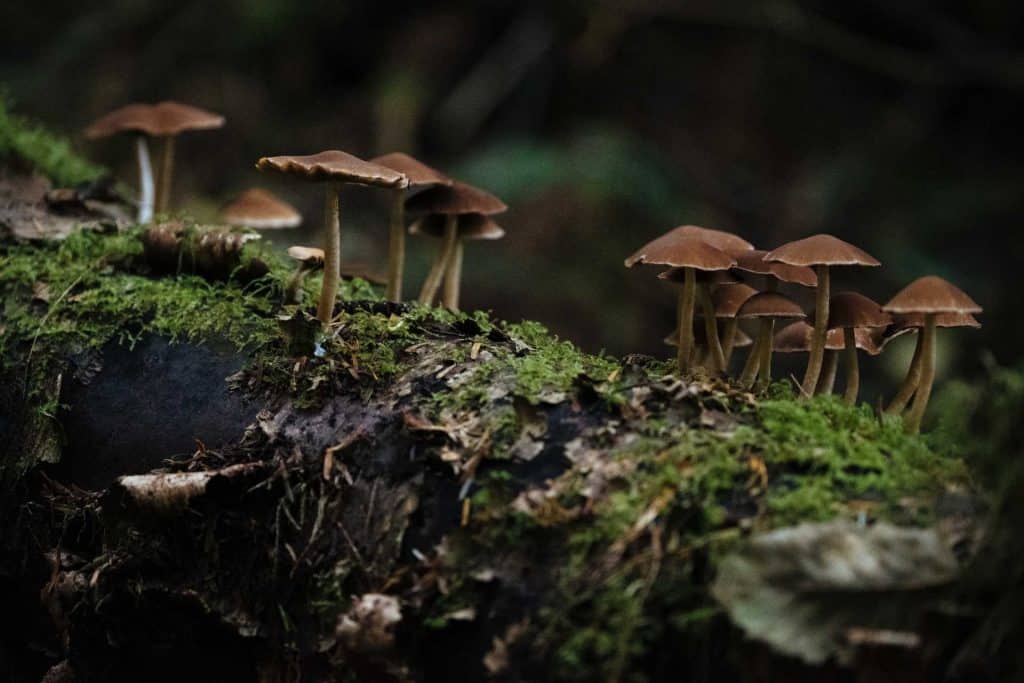
Destigmatizing Psychedelics
The world couldn’t keep these spiritual genies in their pre-modern bottles, which is why the campaign to destigmatize psychedelics is no longer limited to the fringe. Scholarly investigations and a persistent belief in the use of entheogens are driving the movement forward. With the help of present-day spiritual retreats, activist organizations, and famed plant-champions like Tim Ferriss, entheogens are well on their way to acceptance.
In May 2019, Denver became the first US city to decriminalize psilocybin mushrooms. Just one month later, California’s Oakland City Council broadened Denver’s parameters to decriminalize four species they described as “entheogenic plants”.
“For millennia, cultures have respected entheogenic plants and fungi for providing healing, knowledge, creativity, and spiritual connection…This initiative aims to empower the Oakland community by restoring their relationship to nature,” said the resolution’s sponsor, Councilmember Noel Gallo in a report cited on NPR.
Six months after Oakland’s decision, Santa Cruz also decriminalized natural psychoactive drugs, including psilocybin mushrooms, peyote, and ayahuasca.
Following these trailblazing cities and four others, Oregon became the first state to legalize therapy using psilocin-containing magic mushrooms in 2020. California and New York may be up next with a new bill to decriminalize “psychedelics” statewide. The new entheogenic renaissance is well underway. But not everyone’s thrilled.
The Entheogen Sustainability Dilemma
The entheogen argument is so compelling, so widespread that the world’s supply of natural psychoactive plants cannot keep up with increasing use. In fact, some Native Americans are fighting efforts to decriminalize peyote to preserve the species for its intended sacred medicinal use. In a recent article, Tim Ferriss bluntly stated, “Most natural sources of psychedelics simply cannot withstand ever-increasing global demand. Many plant and animal species are already endangered or near extinction.” According to Ferriss, if we don’t stop foraging for entheogens, we’ll eliminate multiple species in three to five years.
How to preserve entheogens for future generations
Fortunately, we can make ethical choices and reverse ecological damage by shifting away from some plant-based natural entheogens, promoting sustainable cultivation, and refocusing on synthetic extracts like synthetic 5-MeO-DMT, MDMA, LSD, and ketamine. Here are some ways how:
1. Attend sustainable psychedelic retreats.
Ayahuasca from the vine of Banisteriopsis caapi and the shrub Psychotria viridis is among the top unsustainable plant medicines today. That’s why several retreat centers, like The Temple of Way of Light in the Amazon, focus on reforestation and responsible cultivation. Avatar Centre in Peru and Spirit Vine in Brazil also promote sustainable sourcing.
2. Find alternatives to peyote.
This small cactus, containing mescaline and other psychoactive alkaloids is nearly extinct and can take decades to re-grow. To preserve the sacred species, consider an alternative like San Pedro cactus, which grows faster, or synthetic mescaline instead.
3. Avoid iboga/ibogaine unless you really need it.
Iboga has gained popularity as an effective treatment for addiction to opioids, heroin, methamphetamine, and cocaine. But this natural shrub is struggling to reproduce at a fast enough rate. So unless you need ibogaine to withdraw from opioids, consider a similar extract from the Voacanga Africana tree. If you have no idea how to find a Voacanga Africana tree, substitute for an entirely different (and abundant) plant medicine.
4. Try synthetic 5-MeO-DMT.
5-MeO-DMT is a psychedelic extract found in various plant species and at least one known animal: the Sonoran Desert toad. In recent years, people like Mike Tyson have single-handedly driven global demand for this species by crediting the extract with transforming his life and reigniting his love for boxing. Fortunately, the endangered toad isn’t the only source. You can work with synthetic 5-MeO-DMT, which is affordable and renewable.
5. Avoid kambo or consider alternatives.
Kambo, while not a traditional psychedelic, is commonly used to induce purgative, psycho-spiritual, and therapeutic experiences. Kambo is derived from the venomous secretion of the Giant Leaf or Monkey frog. And, whether the frog secretes the venom only if one has good intentions, or, it only when stressed––is up for discussion. Regardless of who you speak to, the way that the frog must be positioned to extract the medicine does not appear to be pleasant. Along with that, when thinking about the scalability of this medicine, catching and releasing frogs, who are already super susceptible to environmental change is definitely not sustainable. If you’re considering kambo to treat issues like pain managment, improving your immune system, or to relieve depression or addiction, consider some of the options we’ve discussed that are just as effective and leave you with a clean conscience at the end of the day.
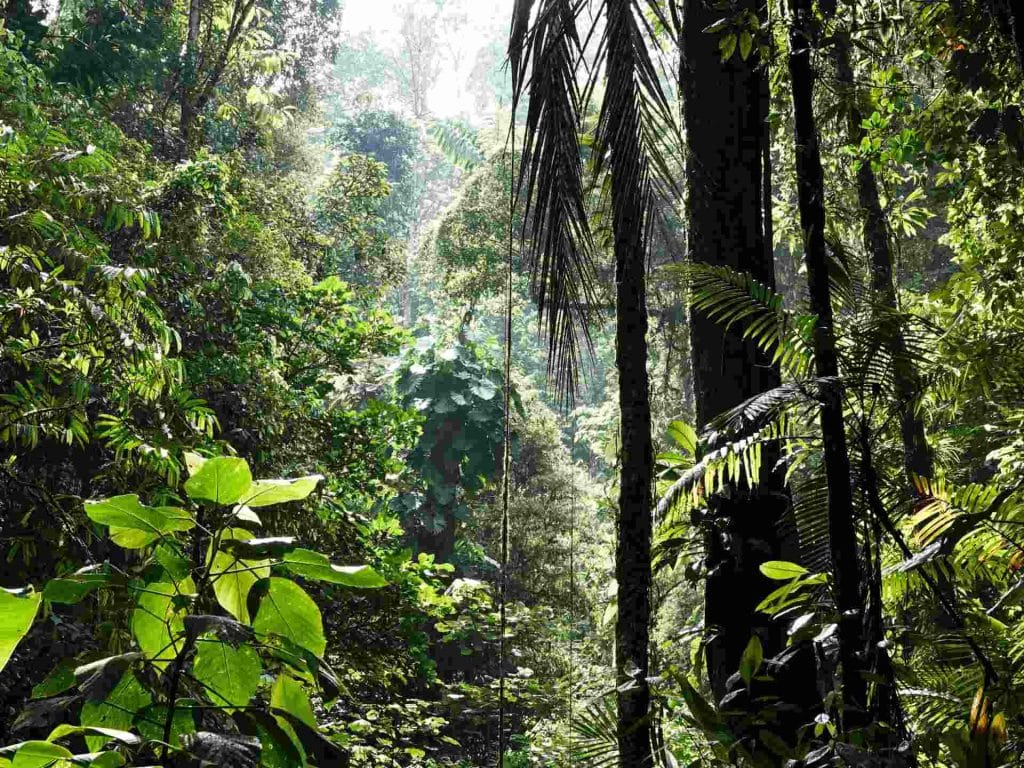
With the increasing use of the term, it’s hard to believe that scholars once had to work so hard to promote entheogen acceptance. And today, many passionate plant advocates are praying that widespread neologism and modern excitement won’t strip the earth of these natural, spiritual, and medicinal species. But here we are in an imperfect world, trying to be the best versions of ourselves, and unintentionally wreaking havoc in the process.
Fortunately, with plant teachers to guide us, we can become more aware, more intelligent, and more determined to preserve these species for generations to come.
Want to learn how psychedelics can help improve your life but aren’t ready for a full-scale macrodose journey? Try our Microdosing Course. Using the latest research from cutting-edge scientists and doctors, we’ll help you develop a customized, step-by-step process to change habits, enhance creativity, and optimize performance.
Disclosure: This article contains offers and affiliate links. Third Wave receives a small percentage of the product price if you purchase through affiliate links. For more details, click here for our ethics and affiliates policy.

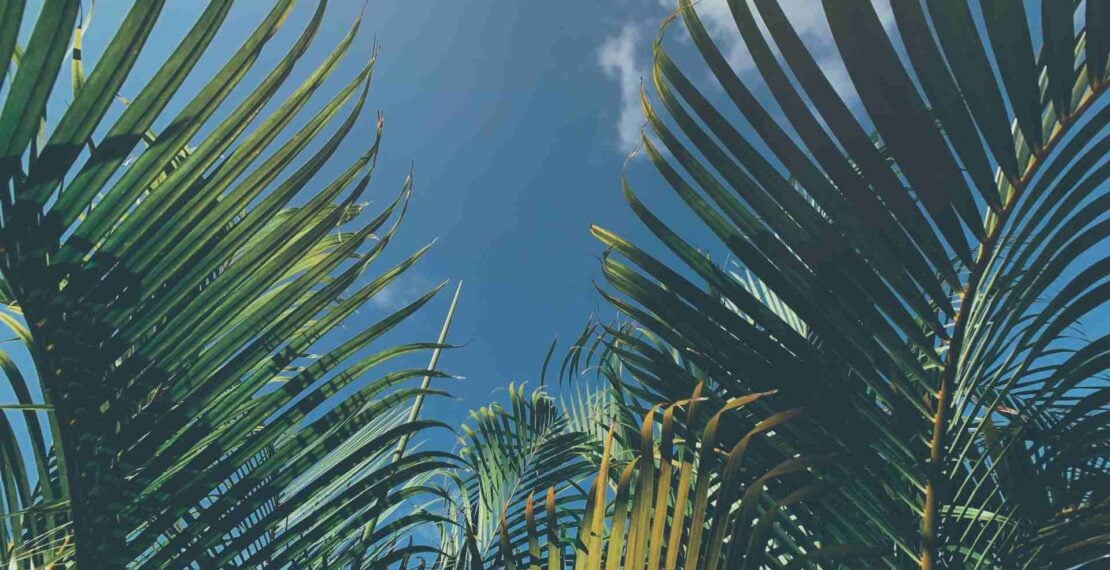
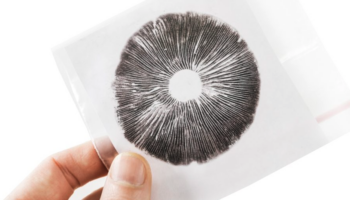




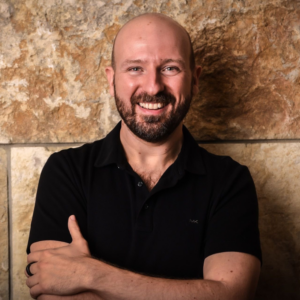
Helpful consolidation of info, thank you, Elena. I think it’s important to get conversations around this topic happening now, so we can build business models in this emerging market from the start that are informed and innovating around these challenges. I see a possible collision coming in the culture we’ve cultivated that gravitates towards “natural” and “organic” products and looks down on goods that are “synthetic.” It could be interesting to write a piece that looks at the pros/cons of synthetic entheogen alternatives (5-MeO, psilocybin, etc.) to begin the (re)education now.
Great article! One small note, though. Since each person’s body reacts to and metabolizes chemicals differently and the fact that we still are largely ignorant of exactly how any chemical interacts with the brain, one should be very, very careful if you say that such and such are substitutes that will do the same as some other substance. Anyone who takes prescription medicine knows that there can be subtle and sometimes not-so-subtle differences between manufacturers following the exact same formula and between brand-name and generic.
these drugs that move the mind to a clear apprehension of reality should have never been made illegal in the 1st place any move to legalize them should be welcomed by every sane person in canada.